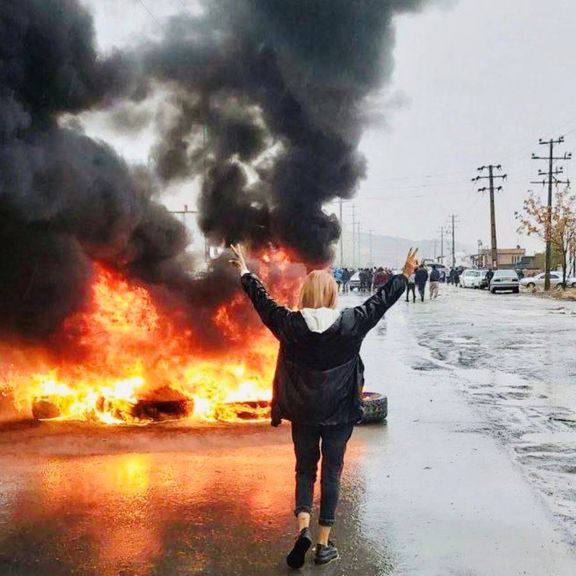As Government Kills More Children In Iran, Funerals Fuel Protests

Thursday was the third day of pre-announced nationwide protests in Iran, with numerous mourning ceremonies held for those killed in recent days.

Thursday was the third day of pre-announced nationwide protests in Iran, with numerous mourning ceremonies held for those killed in recent days.
In the past three days, the grassroot nature of the protests manifested itself in small towns, where people were almost unstoppable and brought the security forces to their knees.
Government forces have killed nearly 350 people since the protests began following the death in custody of 22-year-old Mahsa Amini in mid-September, and each death has fueled more protests since holding mourning ceremonies and funeral services is culturally important for Iranians.

No day passes without some event in honor of one or more protesters in cities across Iran. In addition, hundreds of families also hold ceremonies for their loved ones who were killed three years ago during the November 2019 unrest when security forces began firing at people from the first day of protests, killing at least 1,500 citizens. Every one of these ceremonies is an opportunity for people to hold gatherings and express their resentment against the regime. Thursday was no exception as many funerals and mourning gatherings morphed into protest rallies.
Another new low for the clerical regime is killing children, whose deaths enrage Iranians even more and their funerals and mourning ceremonies bring out larger crowds. According to human rights groups, over 40 children were already killed by government agents until this week when security forces killed several more. Some children take part in the protests but many simply happen to be in the wrong place at the wrong time, when riot police or government vigilantes open fire.
Mourning ceremonies for a 10-year-old boy in the city of Izeh, in Khuzestan province, was one of the main events of the Thursday protests in several cities, as social media exploded with depictions inspired by his death.
In addition to pockets of protests in large cities, which have been scenes of protests and clashes during the past two months, more protesters turned out in towns with less than 50,000 population, blocking streets, chanting antigovernment slogans and setting fire to government buildings.
Law enforcement forces in small cities normally tend not to respond violently to the protesters because people in such cities usually know each other’s families. Many of the people who are now members of Basij paramilitary forces are cracking down on people who used to be their classmates or neighbors while they were growing up. Therefore, the regime transfers forces from other cities, but the strategy is only partially useful because outside forces do not know the localities as well as its residents, so they are easily outsmarted by the protesters, making towns fall under the control of the people.
On Thursday, some towns were scenes of clashes that earlier were not hotbeds of protests. Semirom and Khorasgan in Esfahan province, Paveh and Sarpol-e Zahab in Kermanshah, Khomein in Markazi Province, Eyvanki in Semnan, Khonj in Fars, Qorveh in Kordestan, Khoy in West Azarbaijan, Sarableh in Ilam, and Masal in Gilan were some of the small cities and towns whose residents held remarkable protest rallies on Thursday.
The cities that have become well-known for the bravery of their citizens were also among the places of biggest demonstrations. People on social media say Sanandaj witnessed its largest rally in the past two months.
Tweet unavailable